Samsung Galaxy S10+ vs. Xiaomi Mi 9: Specifications, Features & Price
Karamchand Rameshwar - Feb 25, 2019

The Xiaomi Mi 9 and Samsung Galaxy S10+ are two new flagships from respectable phone makers Xiaomi and Samsung. Which phone do you think is the better one?
- Best Gaming Phones 2025: Top Devices for Mobile Gaming
- Samsung Odyssey 2025 Gaming Monitors Launch in India with Revolutionary Features
- Samsung Galaxy Z Fold 7 Ultra: The Next Chapter of Premium Foldables
We have just welcomed two new prominent additions to the high-end smartphone segment, Xiaomi with the Xiaomi Mi 9 and Samsung with Galaxy S10 series. Xiaomi has already been known for offering smartphones with flagship-level performance with a more affordable price. The latest Xiaomi Mi 9 packs the same Snapdragon 855 SoC as on the Galaxy S10+ with the top-end variant costs just around Rs. 42,300 while the starting price of Galaxy S10+ is already $999.99 (around Rs 71,000). Therefore, we thought it would be best to pit the Xiaomi Mi 9 against the Galaxy S10+ and see what the key similarities and differences between these two are.
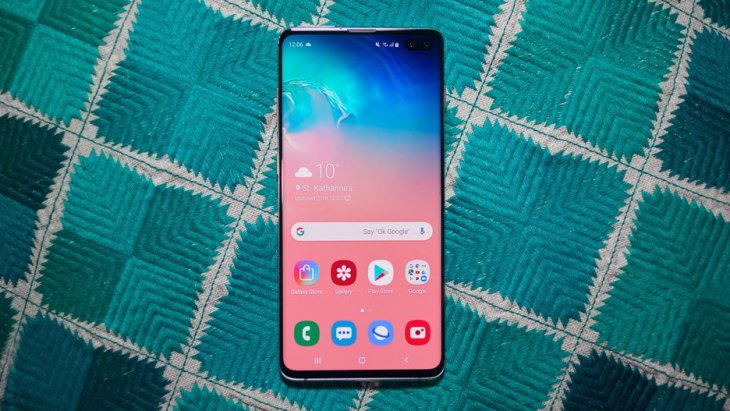
Samsung Galaxy S10+
Samsung Galaxy S10+ vs. Xiaomi Mi 9: Price
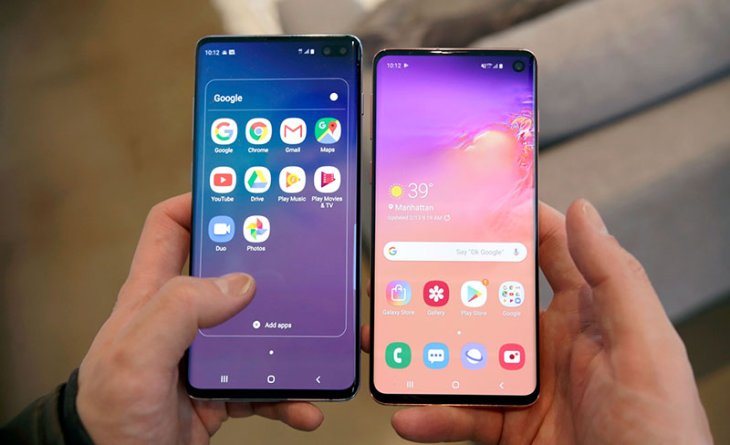
Samsung Galaxy S10+ (left) and Samsung Galaxy S10 (right)
The price of the premium Galaxy S10+ is in the top-end of the smartphone industry. The handset is priced from 1,000 EUR (around Rs. 80,500) for the base option with 8GB of RAM/128GB of storage. The variant with 8GB of RAM/512GB sets you back by 1,250 EUR (around Rs. 1,00,700), and it is 1,500 EUR (around Rs. 1,20,800) for the option with 12GB RAM/1TB storage. Samsung also offers two additional models of the Galaxy S10+, White and Black Ceramic, which costs 1,260 EUR (Rs. 1,01,500) for the 8GB RAM/512GB variant and 1,600 EUR (Rs. 1,28,900) for the 12GB RAM/1TB storage model.
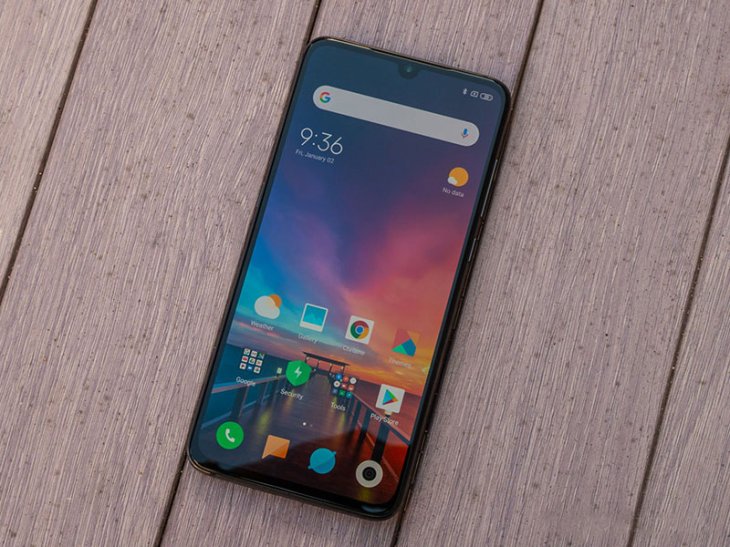
The Xiaomi Mi 9 is offered at a much more affordable price compared to the Galaxy S10+
On the other hand, the Xiaomi Mi 9 comes at a much more affordable price. The Mi 9’s starts from CNY 2,999 (around Rs. 31,700) for 6GB RAM/128GB storage variant and CNY 3,299 (around Rs. 34,900) for the option with 8GB RAM/128GB storage. There is also a premium edition of the Mi 9, Xiaomi Mi 9 Transparent Edition, which packs 12GB RAM/256GB storage for a price of CNY 3,999 (Rs. 42,300).
Samsung Galaxy S10+ vs. Xiaomi Mi 9: Specifications, Features & Design
Design:
Let’s start with the design of the two phones. Samsung has already been known in the premium phone segment for good reasons of course. The South Korean phone maker has long been offering high-end smartphones with not only the latest innovations and features but also stunning design as well. When it comes to design, the Galaxy S10+ is another excellent work from the company, featuring an abundance of curves on both sides of the phone. The Galaxy S10+ is definitely a phone with a premium look and it also comes in plenty of colour variants to choose from.
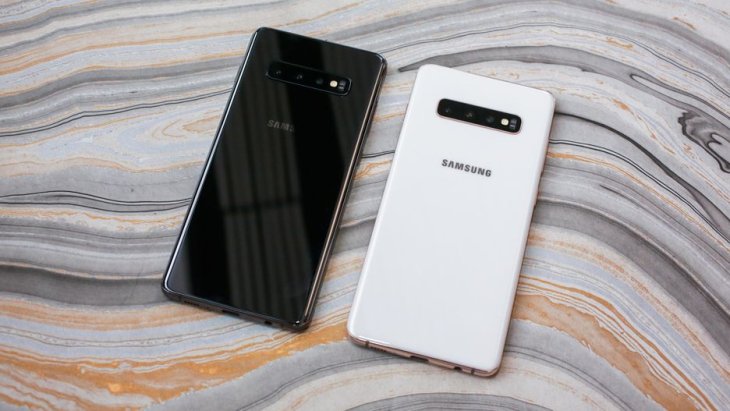
However, it doesn’t mean that the Xiaomi Mi 9 is not a bad-looking phone either. With a holographic glass back, the Xiaomi Mi 9 looks flashy as well. You can even grab a special edition with a transparent back, which reveals the phone’s internal parts.

Xiaomi Mi 9 Transparent Edition
The design of both phones are stunning in their own way, so it should come down to buyers' personal preference to choose between the two.
Specifications:
While both of the phones feature a glass design, the Xiaomi handset doesn’t have IP certification, which may make it quite vulnerable to damage from dust and water. On the other hand, the latest Samsung flagship is IP68 certified. Moreover, the Galaxy S10+ still has an audio jack, while the Mi 9 doesn’t. As both are flagships from their respective phone makers, they come with USB-C ports and fast wireless charging support as well.

For security, Xiaomi and Samsung both go for an on-screen fingerprint scanner and Face ID feature as well. Samsung did claim that the fingerprint sensor is much faster than its previous generation, but we have not got the chance to test them.
Display:
In terms of display, while the Xiaomi Mi 9 sports a 6.39-inch Full-HD+ AMOLED display, the Galaxy S10+ packs a 6.4-inch Quad-HD+ Curved Dynamic AMOLED display. In addition, while the Mi 9 has a water-drop notch on the front, the Galaxy S10+ features a pill-shaped cutout on the front. Some may say the cutout on the Galaxy S10+ is less intrusive compared to the water-drop notch on the Xiaomi device. Needless to say, the Samsung handset beats the Xiaomi handset to be a better device for consuming media.
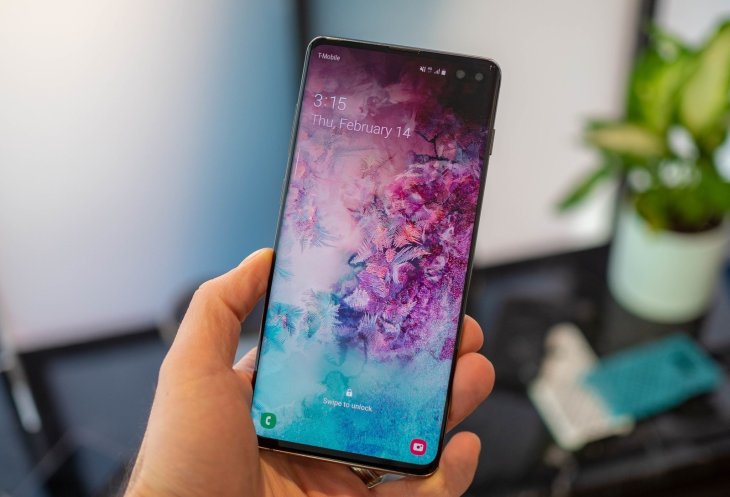
The key specifications of both phones are pretty similar. Under the hood, the Galaxy S10+ as well as the Xiaomi Mi 9 are powered by the Snapdragon 855 SoC. However, Samsung will offer the Galaxy S10+ with its Exynos 9810 SoC in the Indian market. However, while people are still arguing the Samsung or Qualcomm ones is better, I would say that regular users will not notice the slight difference between the two chipsets in terms of performance. For storage and RAM, the two phones come in some variants, with Samsung offering its flagships with up to 1TB expandable storage and 12GB RAM. On the Mi 9 side, Xiaomi offers up to 256GB of storage without a microSD slot to expand the storage with 12GB RAM, too.
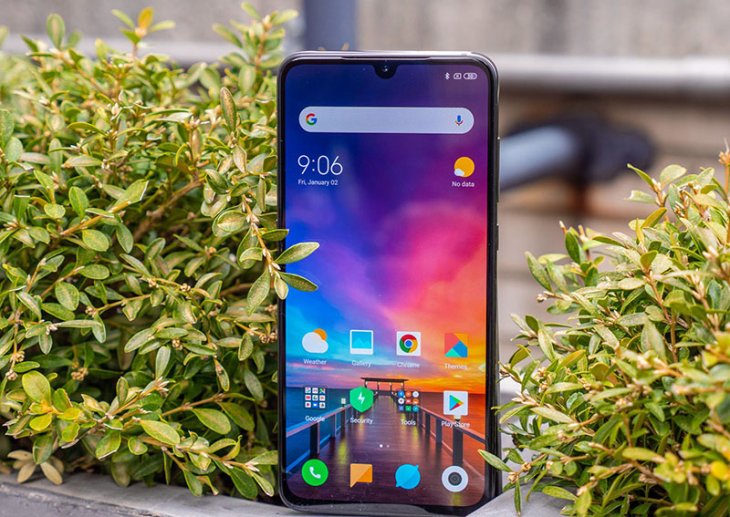
Camera & Battery:
In the imaging department, both phones sport a triple rear camera setup with some differences between them. The Xiaomi Mi 9 comes with a 48MP Sony IMX586 main sensor with an aperture of f/1.75, a 12MP secondary telephoto camera with an aperture of f/2.2, and a 16MP third camera with a 117-degree wide-angle lens.
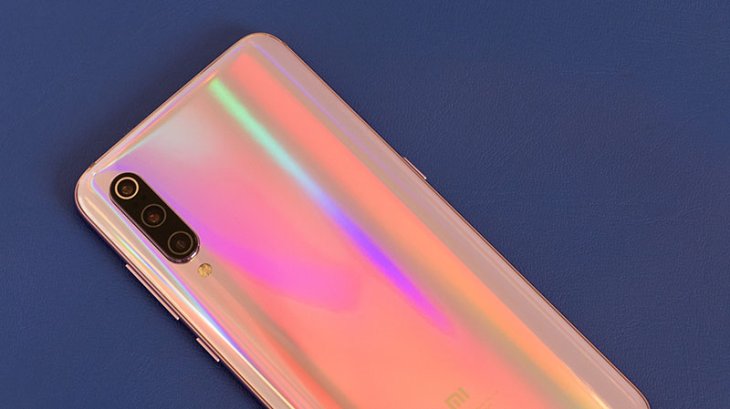
On the other side, the Galaxy S10+ comes with a 12MP telephoto camera with an aperture of f/2.4, a 12MP wide-angle camera with an aperture of f/1.5, and a 16MP ultra-wide camera with an aperture of f/2.2.
On the front, the Mi 9 comes with a 20MP camera, while Samsung goes for a dual selfie camera setup, including a 10MP main sensor and an 8MP RGB sensor for depth sensing.
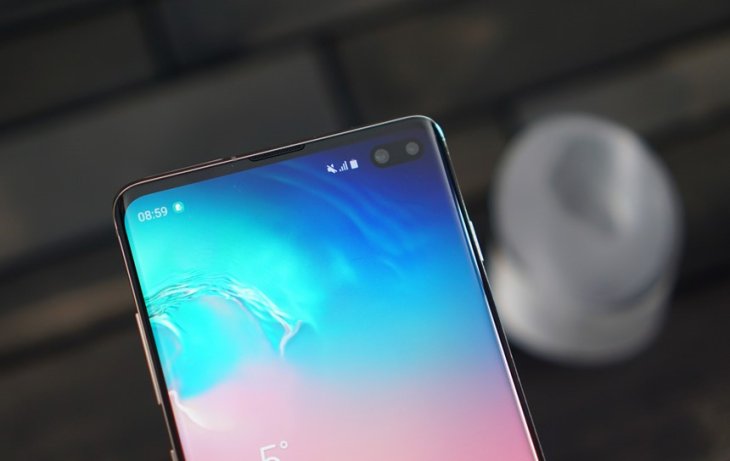
It is hard to tell which phone has a better camera through camera specifications, so it has to come down to the real test. But it will surely be an interesting battle between the two.
Both of them will obviously run the latest custom UI of their respective makers based on Android 9 Pie. For the software aspect, it will mostly come down to personal preference when choosing between the two UIs. In terms of battery, the Xiaomi flagship only packs a 3,300mAh cell while the Galaxy S10+ comes with a bigger 4,100mAh battery.
Featured Stories

Mobile - Oct 23, 2025
How Casual Games Are Winning the Mobile Attention War

Mobile - Jul 03, 2025
OPPO Reno 14 Series Hits India: Launch Date, Cameras, and Specs

Mobile - Jun 12, 2025
Best Gaming Phones 2025: Top Devices for Mobile Gaming

Mobile - Jun 12, 2025
Vivo T4 Ultra Debuts with MediaTek Dimensity 9300+ Chipset

Mobile - Jun 08, 2025
Realme GT 7T Review: Power Meets Endurance in Controversial Style

Mobile - Jun 08, 2025
Motorola Edge 60 Set to Debut in India This June

Mobile - Jun 07, 2025
Realme C73 5G Launches in India: Budget 5G Phone Starts at ₹10,499

Gadgets - Jun 07, 2025
OnePlus 13s Makes Indian Debut: Compact Flagship Brings Premium Features at...

Mobile - Jun 04, 2025
Samsung Galaxy Z Fold 7 Ultra: The Next Chapter of Premium Foldables

Mobile - Jun 02, 2025
Comments
Sort by Newest | Popular